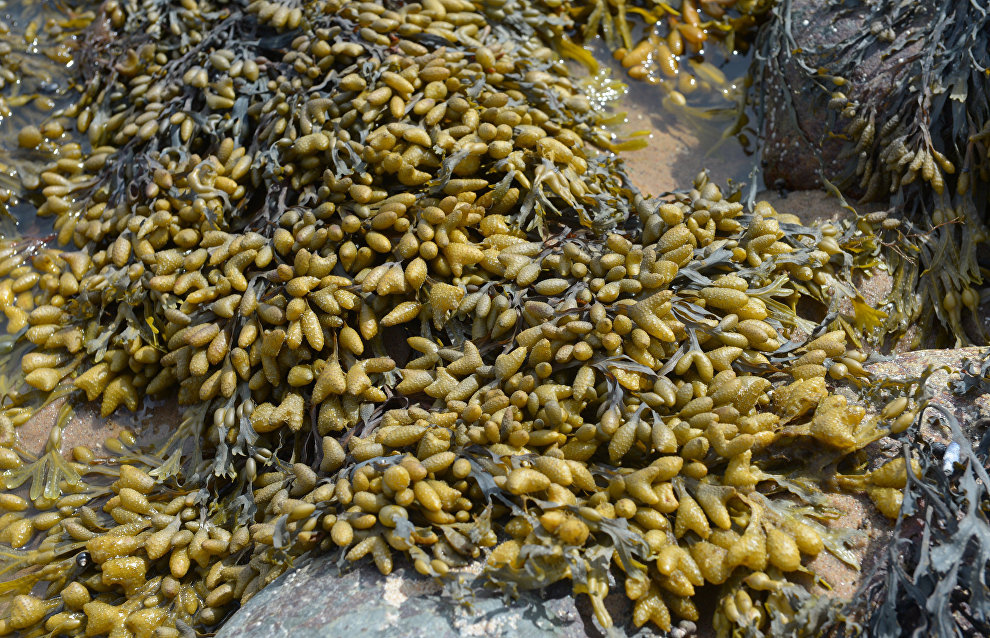Scientists discover alga that can help monitor Arctic
A previously unknown species of diatoms was discovered by scientists in the Kara Sea as part of the Floating University program. The new species was named Fragilaria Shirshovii after one of the first explorers of the Arctic.
Experts believe that monitoring the populations of these microalgae will improve the quality of environmental monitoring in the Arctic.
“Russian scientists have discovered and described a new species of microalgae that was named after one of the first explorers of the Arctic, academician Pyotr Shirshov. The diatom alga Fragilaria Shirshovii is a promising indicator for environmental monitoring and assessing human impact on the environment,” the Russian Science Foundation press service said.
A group of researchers found the new species of algae while studying water samples from the location where the Ob flows into the Kara Sea, where fresh river water mixes with the saltwater in the Arctic Ocean.
The activity and the appearance of the diatoms were examined with microscopes, and scientists also analyzed the DNA structure. The analysis indicated that the new species belongs to the genus Fragilaria, which exists in both freshwater and saltwater.
As the researchers noted, the new alga is significantly different from other members of the genus, so it can be used as an additional tool for monitoring the state of the environment along with other diatoms that are sensitive to human impact on nature.
